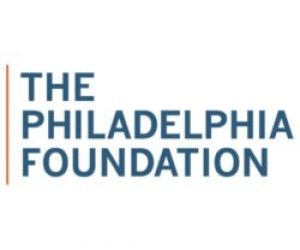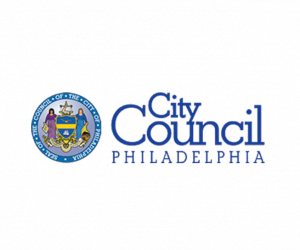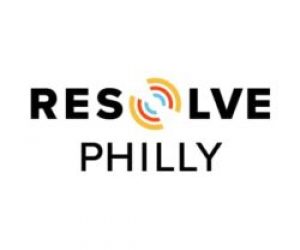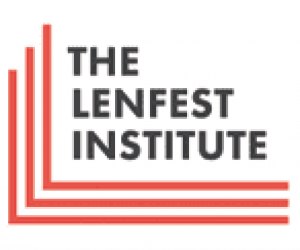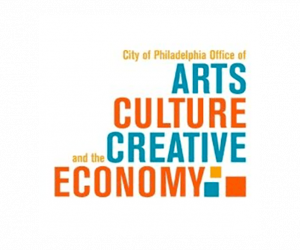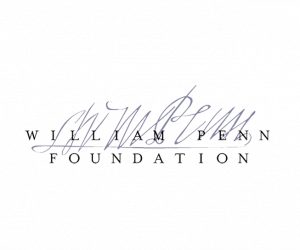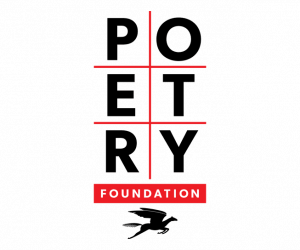Media Design Fellows Turn Grief Into Art, Advocacy, and a New Vision for Philadelphia

By Jos Duncan-Asé
At a small but profound community gathering at the CIC, on Drexel University’s campus, a future was being designed through the lens of grief. The Media Design Fellows from the Wealth and Work Futures Lab of the Lindy Institute for Urban Innovation invited peers, funders, artists, and other stakeholders to a “Moment of Sharing” – a public showcase of storytelling, photography, and research rooted in the lived experiences of a generation navigating systemic loss.
The evening wasn’t meant to be watched. It was meant to be experienced. The moment you entered, you were held. The space was curated to acknowledge sorrow as sacred, and grief as not only an emotion but a diagnostic tool and a truth-teller about our collective systems.
“You can’t design for mobility without designing for repair,” said Michael O’Bryan, Executive Director of the Wealth and Work Futures Lab, while addressing Philadelphia’s low economic mobility score. “People are not economically mobile because of a variety of things that have happened over a long period of time. For us, economic mobility isn’t just about effort or access. It’s about recovering what was lost, about what was never given, and what’s been systematically overlooked. And that for us is grief, disconnection, and structural loss that’s been compounded over time.”
In Philadelphia, recent studies have ranked the city last in intergenerational economic mobility among the 50 largest U.S. metropolitan areas. And that, as O’Bryan emphasizes, is not a human crisis alone. “It’s also a design failure.”
Through a fellowship designed for 18- to 26-year-olds, the Media Design Fellows and staff co-designed a body of work that was equal parts visual art, oral history, and participatory research. “This is our showcase of a lot of the work that we’ve done over the past couple of months,” said fellow, Nyah Anderson. “We’ve worked on a lot of data collection and an amalgamation of data collection and some research via reading books and articles, and also just conversations.”
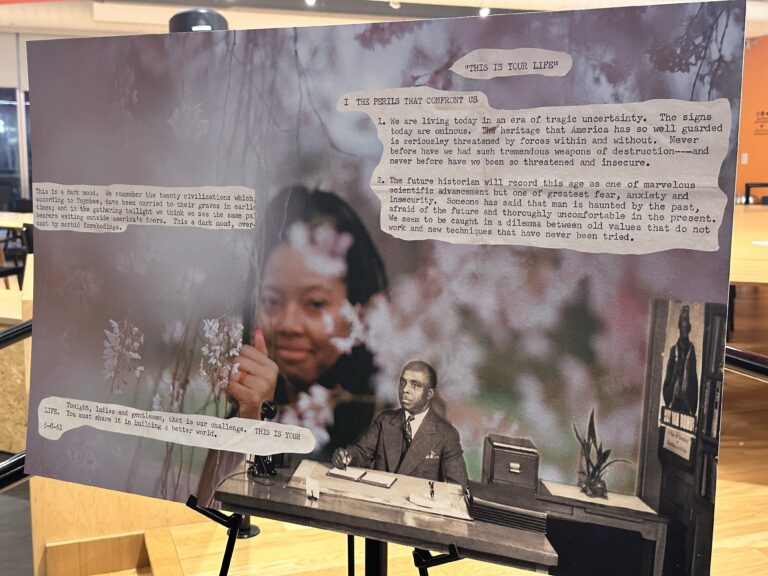
For fellow Charlotte Tatum, the personal became generational. One of her visual pieces evoked a powerful response from her father, Robert Tatum who was emotional while looking at one of the photos she created. The photo included a picture of him and his father overlaid into her contemporary photography. Tatum knew it would touch him. “I surprised him. He’s never seen a lot of these works.”
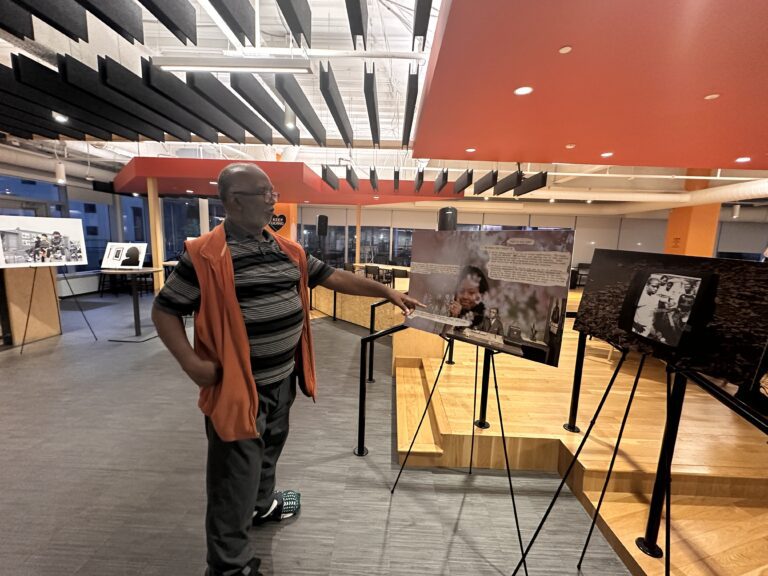
The fellows offered content anchored in a specific methodology. A way to study and embody grief as a framework for community repair. They called it “grief literacy and advocacy,” rooted in five gates of grief:
- Everything we love, we will lose.
- The places that have not known love.
- The sorrows of the world.
- What we expected and did not receive.
- Ancestral grief.
These young designers reframed grief as a call to action. Tatum explained, “Our communities have been interacting with a system that is designed for us to continue to lose and lose at higher rates than other communities… We can’t leave grief unprocessed because grief is not going to go anywhere. It’s just going to manifest in other ways. “
Rather than extract stories for data, the fellows conducted what O’Bryan called “participatory narrative inquiry,” returning to interviewees with themes and interpretations and asking, “Is that real? Is that right? Tell us more.”
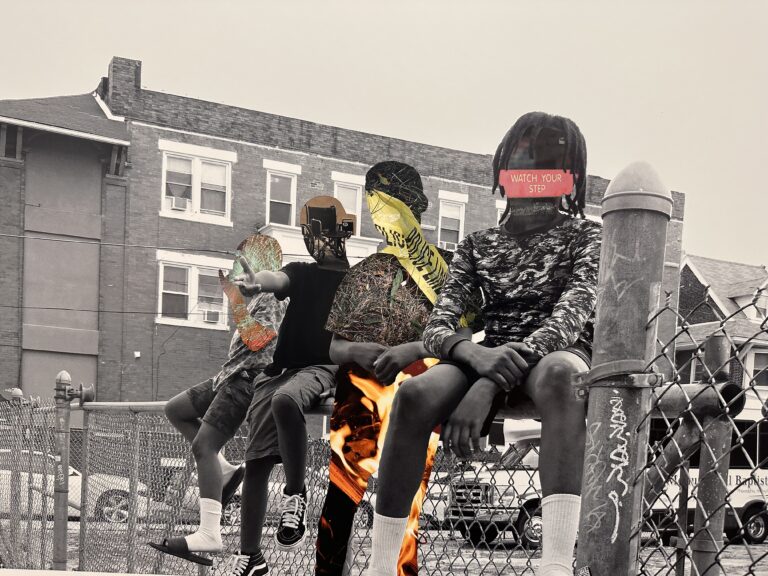
“They used story to dig into what is loss and grief as they know and understand it and then who else can they talk to in their age group to get a better understanding of what loss and grief is like for them,” said O’Bryan. “And then they tied that to conversations about wealth, what it is or what it isn’t, the absence of it. Money and jobs, and then opportunity.”
The Moment of Sharing was not a conclusion but a genesis. O’Bryan spoke of the lab’s future projects, including “In the Shadows,” which will model the long-term cost of unresolved community grief in those aged 34 to 46.
Using storytelling, predictive modeling, and even AI, the team is building systems that transform memory into a blueprint for informed design.
The event included a soul food dinner catered by Love & Thyme, giving attendees an opportunity to connect, process, and share reactions to the work.
The future of healing, it seems, might not be built on forgetting grief but inviting it in, giving it form, and letting it lead. As Charlotte Tatum put it, “Grief is joy. Grief is pain. Grief is also something that should not be perceived as a deficit. It is an opportunity for you to learn and love and engage with how you’ve experienced life.”
Learn more about the Wealth and Work Futures Lab with the Lindy Institute www.wealthworkfutures.org.
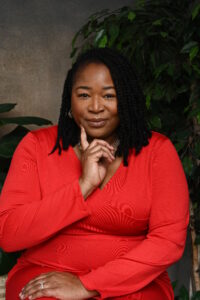
Jos Duncan-Ase
Jos Duncan-Asé is the Founder, Executive Producer and Publisher with Love Now Media, an empathy-centered media company that uses storytelling to amplify acts of love at the intersection of social justice, wellness, and equity. She uses her voice and her platforms to empower diverse communities to create and tell their own stories. She holds a Masters of Fine Art (MFA) from the City College of New York and a Bachelors of Business Administration (BBA), with a concentration in Information Technology, from the Fox School of Business at Temple University.


